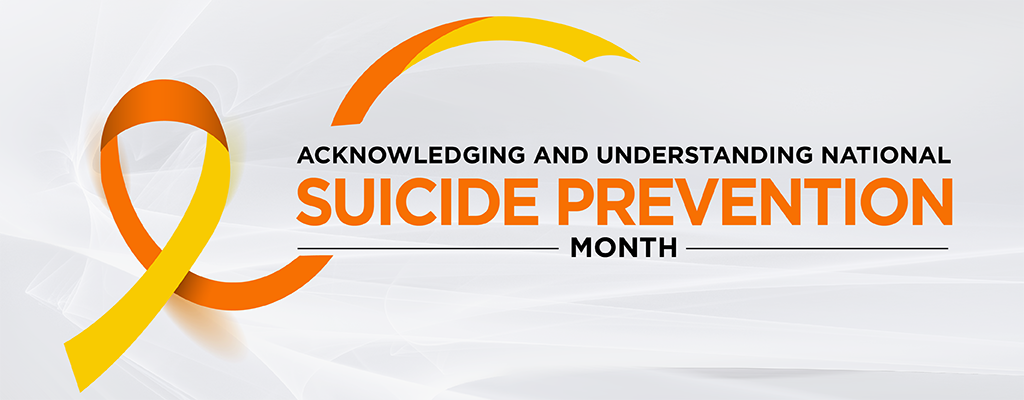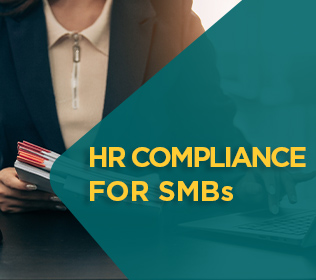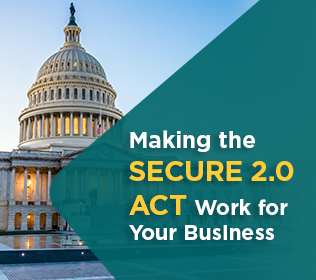Though we shed some light in the month of September to this sensitive topic, 30 days is not nearly enough. Even though suicide does not discriminate and affects the general population, groups such as LGTBQ+, non-Hispanic American Indian/Alaska Native and non-Hispanic White populations, veterans and workers in certain industries and occupations have a higher rate of suicide.
Much like mental illness, suicide can be trigged by traumas, genetics, substance use, physical health, and economic issues. As employers, co-workers, friends, and family members, we can not only bring awareness to suicide past these 30 days but also provide ongoing support and education on how to spot warning signs and help someone in crisis.
Spot Warning Signs
- Suicidal comments, feeling hopeless, trapped and/or in unbearable paid
- Increased use of alcohol and drugs
- Withdrawing or isolating
- Anxious or Aggressive behavior
- Impulsive or reckless behavior
- Extreme mood swings
- Assessing different ways in which one can end their life
- Giving away possessions
- Tying up loose ends, like organizing personal papers or paying off debts
- Saying goodbye to friends and family
5 Steps to Help Someone in Crisis
- Bluntly, Ask the Question(s). Are you thinking of committing suicide?
- Be There and Listen with compassion, empathy. Leave the judgments behind.
- Keep Them Safe. Remove any immediate danger and call the 988 hotline.
- Help Them Connect. Help locate immediate support systems.
- Follow up. Check-in with a text message, call, or a form of communication.
Be sure to check out the complete 5 Action Steps on #BeThe1To.
These are just a few resources and tips to help spot warning signs and provide support to those in need. Individuals can help their friends and family – meanwhile, employees and business owners can utilize these tactics to create a more inclusive and psychologically safe workplace. We hope these suggestions are helpful, and we encourage you to reach out to us if you have any questions.





